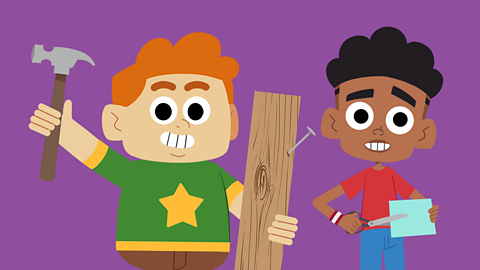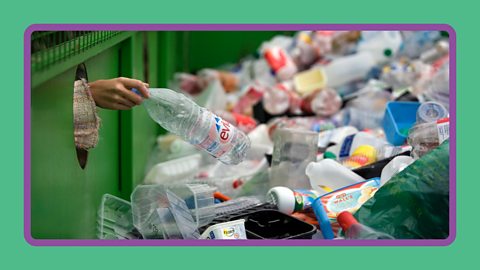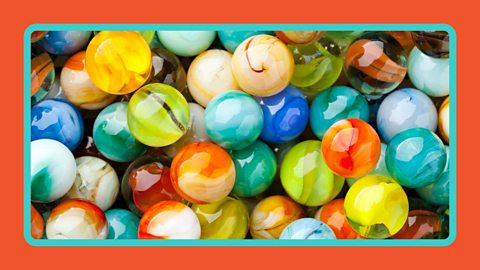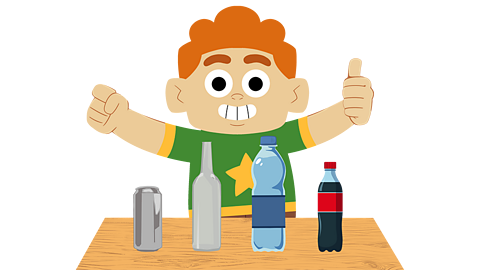
Objects and materials
An object is something that you can touch.
A material is what the object is made from.
When we choose a material, we need to select the right one for the object it will finally become.
For example, wood is strong and durable but easy to cut into different shapes with the right tools, that's why it's perfect for making objects like furniture.

Watch – Using the right material
Anna: Objects are made out of materials. And there are lots of examples around this garden. There's metal. Wood. Stone. And a lot of glass. This is cork, it's a type of wood. You take that, yeah, and it's squishy. Can you squish it? And it's lightweight and it can float on water.
This is a type of stone. It's hard and it's quite heavy, and it doesn't float.
And materials can be made into objects. This trowel is made from metal. We know it's metal because it's slightly cold to touch. It's also very shiny and hard and strong, which is what makes it great for gardening tools, because it doesn't break. Metal can also be used to make cans, cutlery and coins. These planting trays are made from paper.
Paper can be used for books, paper cups, and even toilet roll. Paper objects are flexible, easy to tear, and can be moulded into different shapes, and that's what makes it good for planting trays. When we talk about objects, we don't usually call them by their material, but by the name given to that object. For example, we say: ‘this is a trowel’, not ‘this is a metal’.
Let's explore and see what different objects are made from. This is a welly boot. It's made from rubber. This is a spade. It's made from wood and metal. And this is the greenhouse. It's made from metal, but also brick and glass. It's fun to look at the objects around you and think about what materials they're made from.
Have a think about choosing the right material to clean up a spillage.
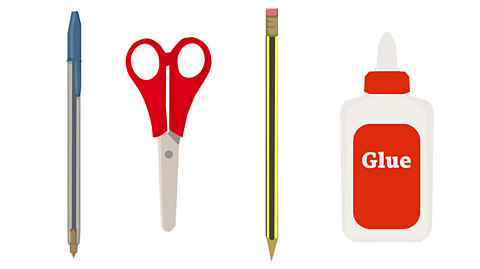
Fascinating facts
Aluminium cans are the most recycled item in the world.
Most medieval castles in the UK are made from stone, it was plentiful and strong for defence.
We get wool from sheep. Wool is warm, hard-wearing and absorbent, making it perfect for the jumpers, scarves and hats we use to keep us warm when it's cold outside.
Tin foil was originally invented in the USA to help store and keep food in the Second World War. Most foil now is made from aluminium which is cheaper and stronger.
Seawater contains tiny traces of gold, which is used for jewellery.
Most metals are solid and strong but some metals like mercury are liquid.

Objects and materials
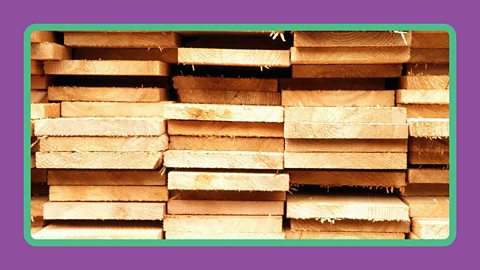
Image caption, Wood
The objects here are timber boards and the material they are made from is wood which is strong and durable.
1 of 3

Did you know?
The Eiffel Tower in Paris was built in 1889 and is made of wrought iron. It is over 300 metres tall.
The iron is very strong and long-lasting, but is very heavy and weighs 7,300 tonnes.
With the addition of shops, lifts, and an antenna on the top, the total weight of the tower is over 10,000 tonnes, the same weight as roughly 5000 cars!

Why we choose different materials
Different materials have different properties.
This means they have different strengths and weaknesses.
When we look at different objects we can see why they were made with a particular material.
Here are some examples of objects and why their materials are perfect for what they are used for:
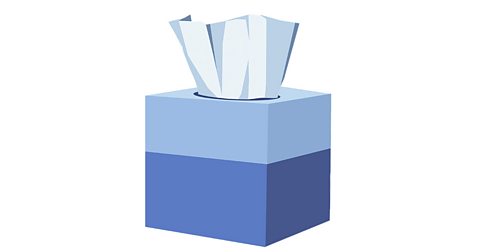
Paper tissues
Material: Paper
Where does it come from?: Wood from trees.
Why is that material perfect?:
- Absorbent, great for mopping up spills.
- Easy to shape, if you need to blow your nose.
- Light, you can transport it around.

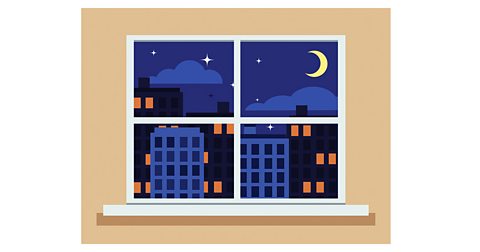
Windows
Material: Glass and wood or plastic
Where does it come from?: Glass is made from sand heated to a high temperature, wood comes from trees.
Why is that material perfect?:
- Transparent, so we can see through it.
- Strong, so it keeps us safe.
- Durable, so it can survive the weather outside.

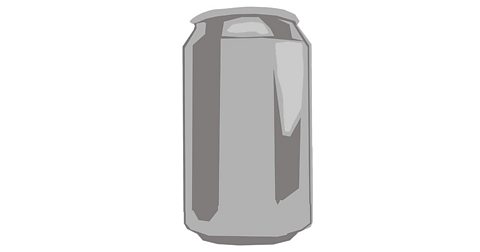
Soft drink cans
Material: Aluminium, which is a metal
Where does it come from?: Metals like aluminium are mined from rocks underground.
Why is that material perfect?:
- Waterproof, to stop the liquid getting out.
- Malleable, it can easily be shaped without breaking.
- Lightweight, they are easy to hold and carry around.

Important words
Absorbent - Able to soak up and contain liquid.
Durable - Tough and can withstand some damage.
Malleable - The material can be flexible and bend without being broken.
Material - What the object is made from.
Object - Something that you can touch.
Properties - The strengths and weaknesses of a material.
Strengths - A strength is a positive quality, an advantage, or something the material or object is good at.
Transparent - Clear and see-through.
Weaknesses - A weakness is a negative quality, a disadvantage or something the material or object is not good at.
Activities
Activity 1 – What are the objects made from?
Activity 2 – Quiz
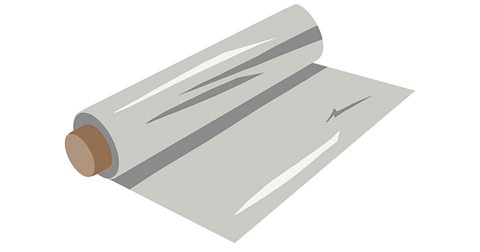
Activity 3 – Spotting objects and materials
Look around your home or classroom.
Write or say a list of objects you can see. What are they made from? Try to find 10 objects!
You could record it in a table like this:
| Object | Materials |
|---|---|
| Desk | Wood |
| Cup | Plastic |
| Book | Paper |
| Plate | China |

Activity 4 – Wordsearch
Easter Holidays Activity Pack activity
Check out some Easter inspired activities to complete in the Easter Holidays, for KS1.

More on Everyday materials
Find out more by working through a topic
- count2 of 2
